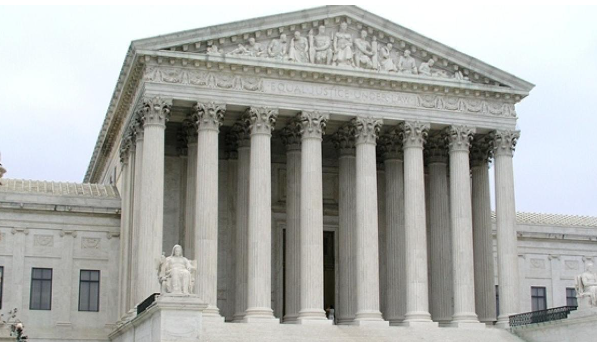
On January 17, 2024, the Supreme Court heard a case that would decide the fate of the infamous Chevron doctrine that was established in Chevron v. Natural Resources Defense Council. In the Chevron case, the Environmental Protection Agency (EPA) amended its definition of a “stationary source” under the Clean Air Act (CAA). The Natural Resources Defense Council challenged this in court, claiming that the new regulation and the “bubble concept” it introduced contradicted the CAA’s intention. The US Court of Appeals for the District of Columbia held that the regulation would not fit under the CAA. Chevron, an affected company, appealed this decision to the Supreme Court. The Supreme Court struck down the Court of Appeal’s decision and created the “Chevron doctrine” in the process. The Chevron doctrine states that if Congress has not spoken directly to an issue or is ambiguous in its statutory language, courts should generally defer to a federal agency’s interpretation. This allows the legislative branch to delegate decision-making to those who are more equipped to address specific issues. In Loper Bright Enterprises, Inc. v. Raimondo, the issue presented is whether or not the Magnuson-Stevens Fishery Conservation and Management Act authorizes the National Marine Fisheries Service (NMFS) to promulgate a rule about observers being required on fishing vessels. The lower courts sided with NFMS, citing the Chevron doctrine.
Supporters of the doctrine claim that its existence has allowed agencies to make more progressive policy decisions on issues ranging from water quality to aircraft safety. Scholars have noted that if Chevron were to be overturned, the judicial branch would have too much power over executive branch actions. Agencies are respected experts in their field. They have been designated to fill the statutory gaps with knowledge-based regulations. The overturn of the Chevron doctrine would give judges more of an ability to influence statutory regulation in a potentially biased manner, which would have a major impact on environmental policymaking. The Chevron doctrine gives agencies the flexibility to address environmental statutes without fear of potential litigation, protecting the interest of the agency. Progressive agency decisions are more likely to be upheld in court when the Chevron doctrine is cited.
The fate of the Chevron doctrine is now in the hands of the Supreme Court. The doctrine has allowed federal agencies, such as the EPA, to interpret ambiguous statutory language and implement regulations grounded in specialized expertise. This deference has enabled the creation of progressive policies addressing critical issues from environmental protection to public safety. Overturning the Chevron doctrine could shift substantial power to the judicial branch, allowing judges to have greater influence over executive actions and potentially bias statutory regulations. This change would significantly impact environmental policymaking by increasing litigation risks and reducing agencies’ flexibility to enact science-based regulations. Upholding Chevron ensures that agencies continue to play a vital role in shaping informed and adaptive environmental policies, maintaining a balance between legislative intent and expert regulation.
